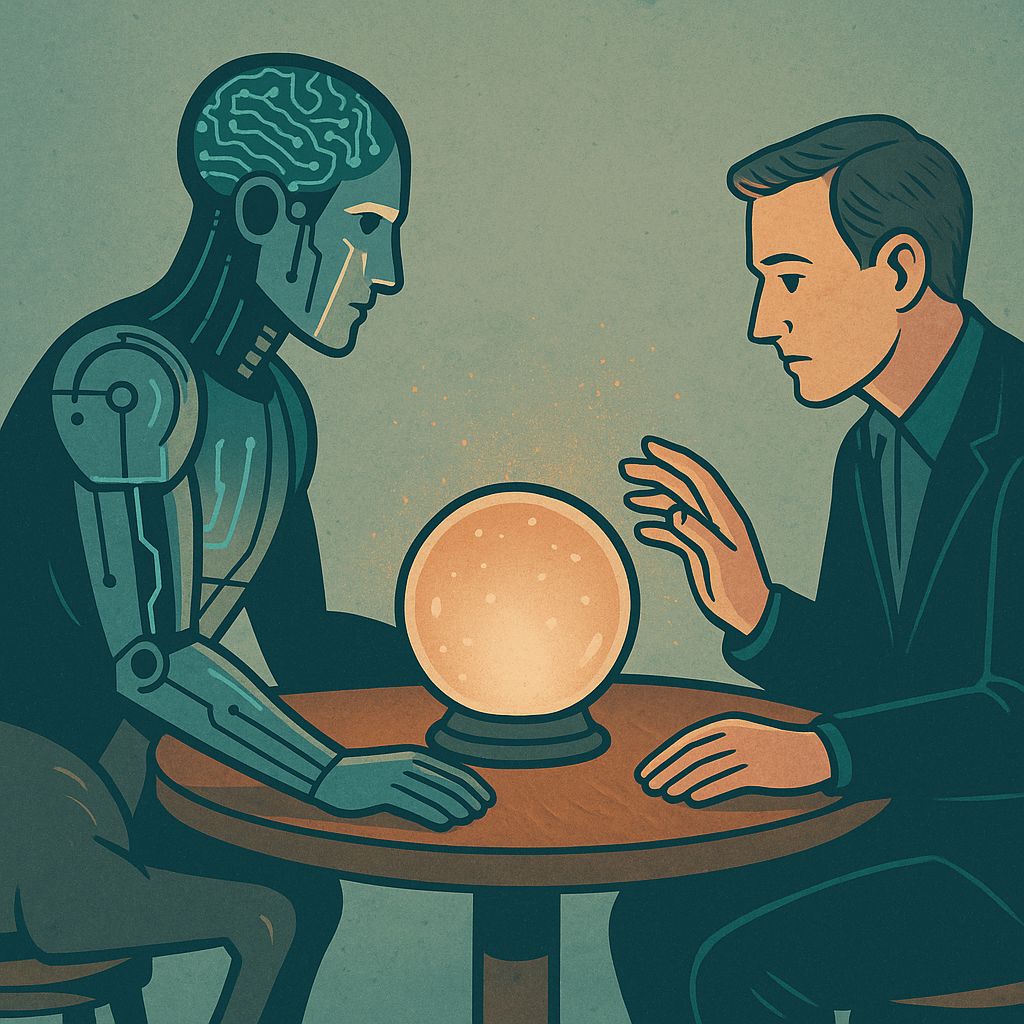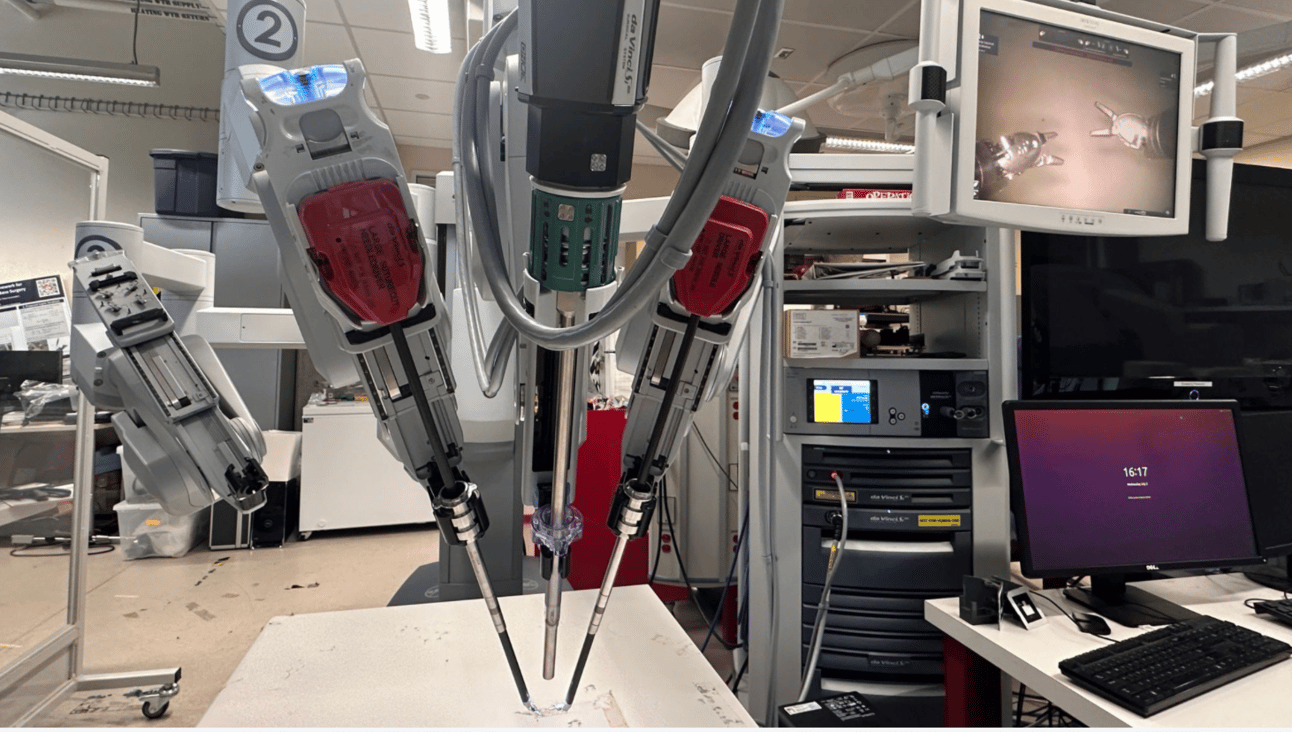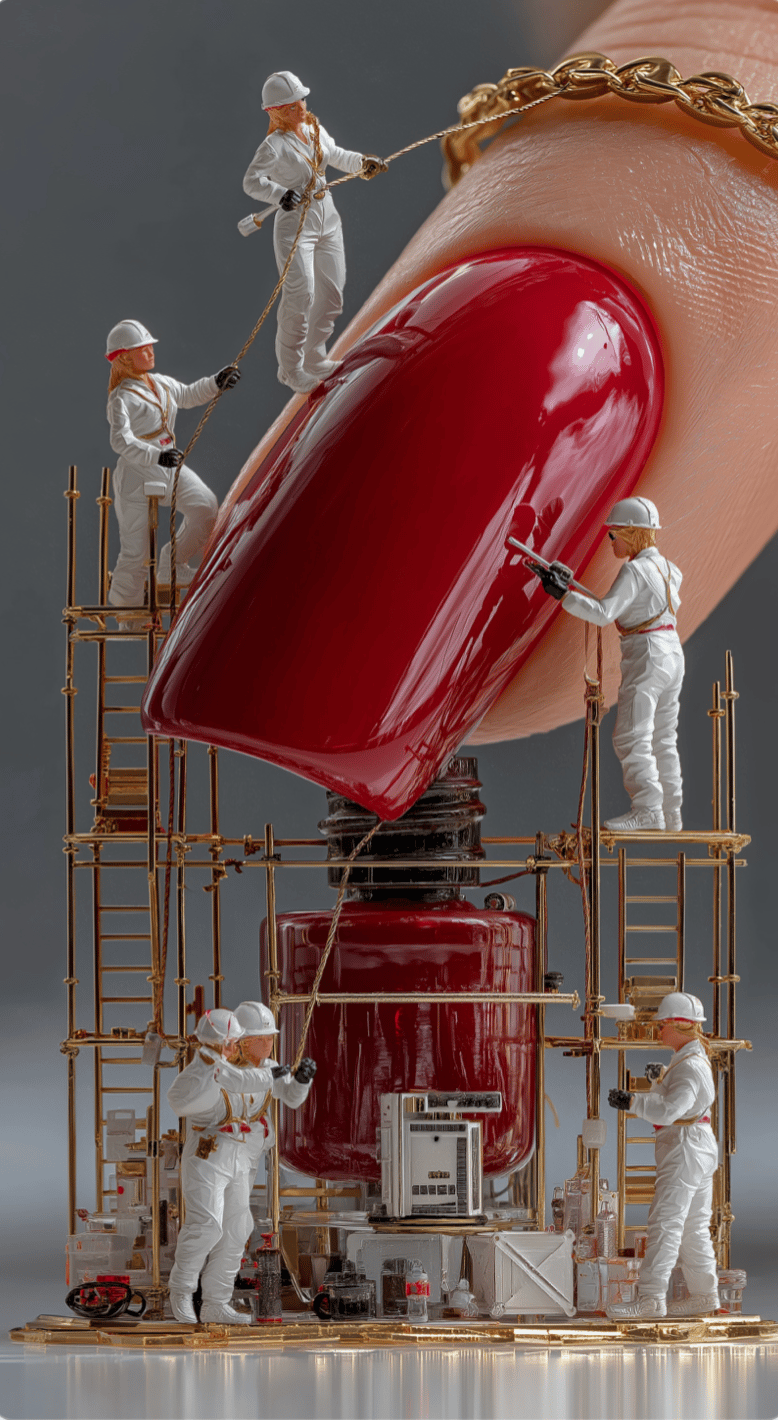Beginners in AI
Thank you for joining us again!
Welcome to this week's edition of Beginners in AI, where we explore the latest trends, tools, and news in the world of AI and the tech that surrounds it. Like all editions, this is human curated and published with the intention of making AI news and technology more accessible to everyone.
Inside, Centaur forecasts human choices with uncanny skill, Indigenous calendars lift solar-power predictions, Grok 4 posts a headline-grabbing test score, OpenAI gears up to share an open-weight model, Microsoft pairs layoffs with a $4 billion up-skilling plan, and MemOS adds lasting memory to chatbots. We round things out with a robot that performed a flawless gallbladder removal.
Read Time: 6 minutes
AI TOP STORY
Outguessed by a Centaur? — AI model predicts human decisions with surprising accuracy

What happened
Helmholtz Munich researchers tuned a language model called Centaur on Psych-101, 10 million decisions made by 60,000 volunteers in 160 tasks. The model guessed the next human move 64 % of the time. Lead author Marcel Binz called it “a tool that lets us predict human behavior in any situation described in natural language — like a virtual laboratory.”
What it means
Centaur turns lab work into a prompt-and-response loop: a psychologist can test dozens of study variants before lunch, and a marketing team can try headline A against headline B without printing a single flyer. The authors say this speed comes with caveats, since the model inherits every bias found in its training set. Even so, the promise of a low-cost “human simulator” is drawing interest from product design, health outreach, and education teams.
What to take away
When a machine can map the odds of your next click, the debate on free will moves from philosophy class to boardroom. Retail chains may run endless shelf-tag trials in silico; campaign staffs could rehearse speeches until every pause nudges a swing voter; defense planners might wargame civilian morale across thousands of timelines. Nations that master such tools gain leverage in economic and information contests, while those that lag face a widening gap. Centaur hints at sharper forecasts—and a fresh reckoning with autonomy and consent.
Read More
LAST WEEK IN AI AND TECH
Memory Lane OS— MemOS gives AI human-like recall with “MemCubes”
“Existing models mainly rely on static parameters and short-lived contextual states, limiting their ability to track user preferences or update knowledge over extended periods,” write the creators of MemOS, a new “memory operating system.” By treating recall as a first-class resource and packing experiences into portable “MemCubes,” the platform boosted temporal reasoning by 159 percent on the LOCOMO benchmark and cut latency up to 94 percent. Chatbots that remember your coffee order—or doctors’ diagnostic heuristics—could be next. If memory becomes modular, the next platform battle may be less about tokens and more about who owns the past.
Read More
Pink Slips & AI Chips— Microsoft cuts 15 k jobs, then pledges $4B for AI training
“There’s a north star that guides us at Microsoft — we need to use AI to help us think more, not less,” President Brad Smith said after the company trimmed 15,000 jobs. Days later, Redmond pledged $4 billion in cash, tech, and training through a new “Elevate” unit aiming to credential 20 million people in AI skills. The promise tries to offset automation angst while steering laid-off workers—and future customers—toward the Copilot agents that may replace them. Whether the funding feels like support or spin depends on who’s holding the pink slip.
Read More
Grok ’n Roll — Musk’s Grok 4 scores highest on “Humanity’s Last Exam”
“The smartest AI in the world,” Elon Musk boasted as xAI unveiled Grok 4. The model scored 25 percent on the 2,500-question Humanity’s Last Exam, then jumped to 44 percent when its “Heavy” toolkit stacked multiple agents. That edges Google’s Gemini-Pro and OpenAI’s o3 in early numbers, though the public leaderboard hasn’t verified the claim. Until it does, Grok 4’s bragging rights rest on Musk’s word—and on how tool-assisted testing is rewriting the benchmark game.
Read More
Seasoned Sunshine — Native American calendars improve solar-power forecasts
“By integrating this knowledge, predictions can be tailored to reflect more granular shifts in environmental conditions,”said Bundjalang researcher Luke Hamlin. A Charles Darwin University team folded Tiwi and other Indigenous Australian calendars into a convolution-ensemble network and cut solar-power forecasting error by more than half. The work hints that local ecological cues—bird migrations, plant cycles—can rival satellite data for short-term grid planning. If utilities pick up the method, cloudy-day brownouts could fade while cultural heritage lights the way.
Read More
Open Season — OpenAI plans to release an open-weight language model
“Companies and governments will be able to run the model themselves,” an insider told The Verge about OpenAI’s imminent open-weight release. Billed as “similar to o3 mini,” it would be the firm’s first freely runnable network since GPT-2 in 2019. By letting customers host their own copy, OpenAI could dent Microsoft’s Azure margins and reignite the question of what “open” really means. Licensing fine print—and rival cloud offers—are set to define the next round of AI turf wars.
Read More
Robots will never replace humans — they’ll just change what it means to be one.
TECH TERMS TO KNOW
Open-Weight Model explainer:
Neural net in a nutshell
Picture thousands of pocket-sized calculators arranged in rows. Each one takes a few numbers, does a quick add-and-stretch trick, and passes a new number to the next row. The first row reads raw data (pixels, words, etc.); the last row turns everything into a guess such as “dog” or “no dog.” The numbers that flow between rows travel through weights—little dials that say how much one calculator should listen to another. During training, a computer twists those dials until the net’s guesses line up with the right answers.
What “weights” really are
Every dial is just a decimal like 0.137 or –2.94. A modern language model can hold billions of them. Together they store all the patterns the net has picked up—grammar rules, song lyrics, even jokes. If you wipe the weights, the net forgets everything and starts from scratch.
Open-weight model
When a lab offers an open-weight release, it posts a file containing every single dial setting. Anyone can download that file, load it into matching code, and run the same model on a laptop, phone, or server. You may even fine-tune the dials so the model learns a new skill—say, medical terms in Spanish—without training from zero.
Meaning
Sharing weights lets students, startups, and hobbyists experiment without a supercomputer. It can spark new ideas faster, but it also means the model’s talents (and flaws) travel freely. Closed-weight models keep those dials hidden, so only the original owner can run or tweak the net.
TOOL SPOTLIGHT (non-sponsored)
ThinkSound is a next-generation AI platform specializing in video-to-sound generation. It leverages advanced multimodal neural networks to transform silent video content into rich, synchronized soundscapes, speech, and ambient audio. The platform is designed for creators, filmmakers, content professionals, and anyone looking to add high-quality, contextually accurate sound to video footage.
What Sets ThinkSound Apart?
Multimodal AI Integration: Combines computer vision, NLP, and sound synthesis for contextually accurate and immersive results.
Step-by-Step Reasoning: Uses advanced neural architectures to ensure sound matches the visual narrative and emotional tone.
Positive Professional Feedback: Praised by filmmakers, game designers, and content creators for revolutionizing their workflows and enhancing creative possibilities.
ROBOTICS AND AI
Scalpel & Silicon — Robot removes a gallbladder model perfectly in test surgery

A Johns Hopkins robot just removed a life-like gallbladder with 100 percent accuracy. “This advancement moves us from robots that can execute specific surgical tasks to robots that truly understand surgical procedures,” said lead engineer Axel Krieger. The system parsed 17 hours of surgery video, generated plain-language steps, then translated them into 3-D tool paths—adapting even when dyes altered tissue colors. Human trials remain distant, but the leap from “record and replay” to context-aware autonomy feels closer than yesterday’s OR imagined.
Read More
TRY THIS PROMPT (copy and paste into ChatGPT, Grok, Perplexity, Gemini)
Stargazing
Act as a personal astrophysics tutor.
I want to learn everything about stars in an organized, linear, and efficient fashion.
Start with the basics (what stars are, how they form), and guide me through all major concepts in the correct learning order—stellar classification, life cycles, fusion, types (e.g., white dwarfs, red giants, neutron stars), spectroscopy, and their role in galaxy formation.
Include definitions, diagrams (or explain them if unavailable), and real-world examples. Add brief review quizzes every 3-4 sections to reinforce learning.
Avoid unnecessary jargon unless it’s clearly explained.
Proceed step-by-step like a progressive course, and pause after each major topic so I can confirm before continuing.DID YOU KNOW?
Wi-Fi was inspired by a failed black hole experiment. Aussie physicist Dr. John O’Sullivan developed Wi-Fi signal detection while trying to detect Hawking radiation from black holes. The experiment failed—but the signal processing math succeeded.
30 Referrals: Lifetime access to all Beginners in AI videos and courses
AI-ASSISTED IMAGE OF THE WEEK

by di.design
Interested in stock trading, but no clue where to start? Sign-up for our sister newsletter launching daily in April. Each day will build onto the next using current news as a learning aid.
Thank you for reading. We’re all beginners in something. With that in mind, your questions and feedback are always welcome and I read every single email!
-James
By the way, this is the link if you liked the content and want to share with a friend.





